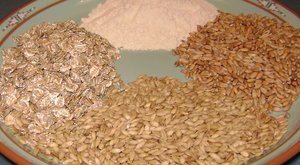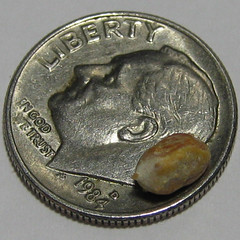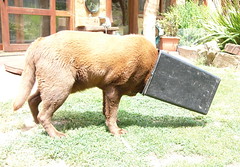When a beloved pet dog is going through seizures, it is hard not to worry. Understanding the causes and the possible treatments will help owners recognize when it is time to worry and when the pet’s seizures will pass.
Epilepsy
Idiopathic epilepsy is a potential cause of seizures in dogs. Although it only occurs in roughly 1 percent of canines, owners should watch be wary of any seizures that occur regularly or for extended periods of time.
If a seizure persists for more than 30 seconds, then it is a good idea to have a vet look at the dog. Tests can help make a proper diagnosis of epilepsy.
Illness
In some cases, bacterial or viral infections will cause seizures. This type of seizure will usually stop after the sickness passes. Treating the sickness is usually the best way to stop the seizures.
Head Injuries
If a dog has lived through trauma and head injuries, then seizures are a possibility. The seizures are directly related to the injury and usually have limited treatment options as a result.
Low Blood Sugar
Although hypoglycemia is not common to most breeds, it can occur in some dogs. Low blood sugar can cause seizures or tremors, but it usually possible to treat with a careful diet plan.
Natural Treatments
The best way to treat seizures is through natural remedies that are recommended by a vet based on the cause of the problem. Although medications are available for canines, it is potentially dangerous and toxic to use those drugs. A natural dog seizure remedy does not have the same side effects because it focuses on nutritional changes and healthy solutions.
When a beloved pet dog is going through seizures, it is often emotional. Although the problem is potentially stressful and worrisome, pet owners can use natural remedies to help prevent or reduce the regularity of the seizures.







